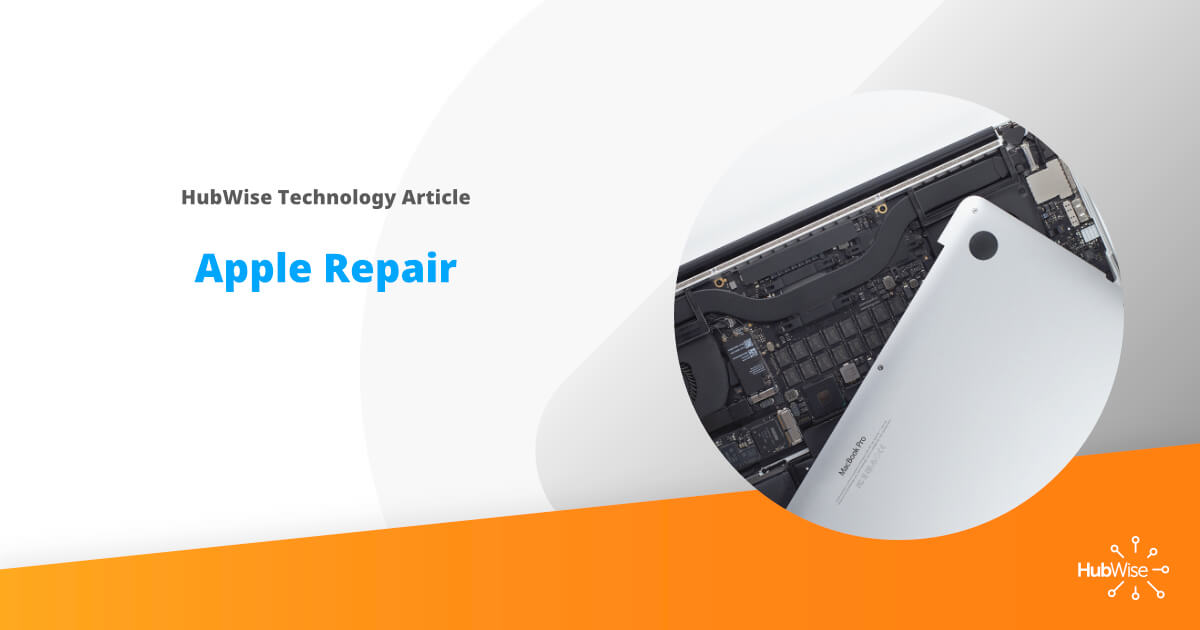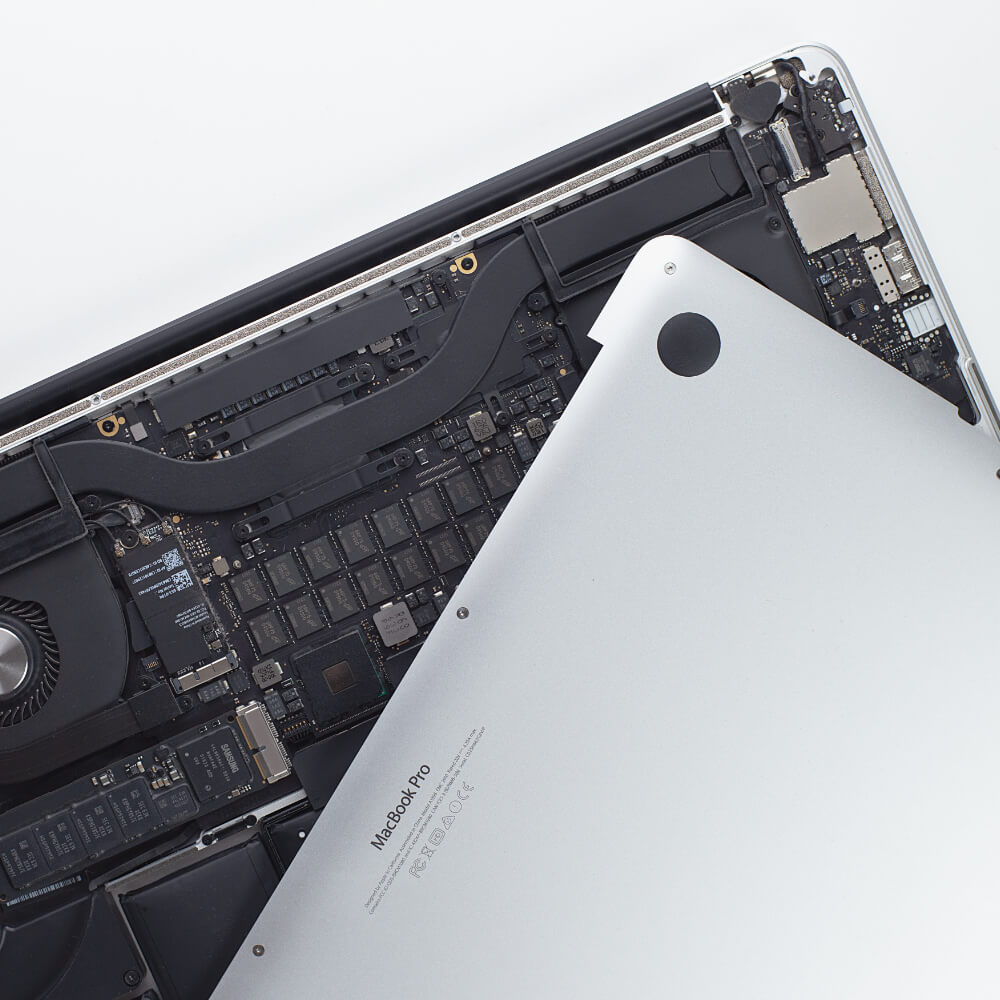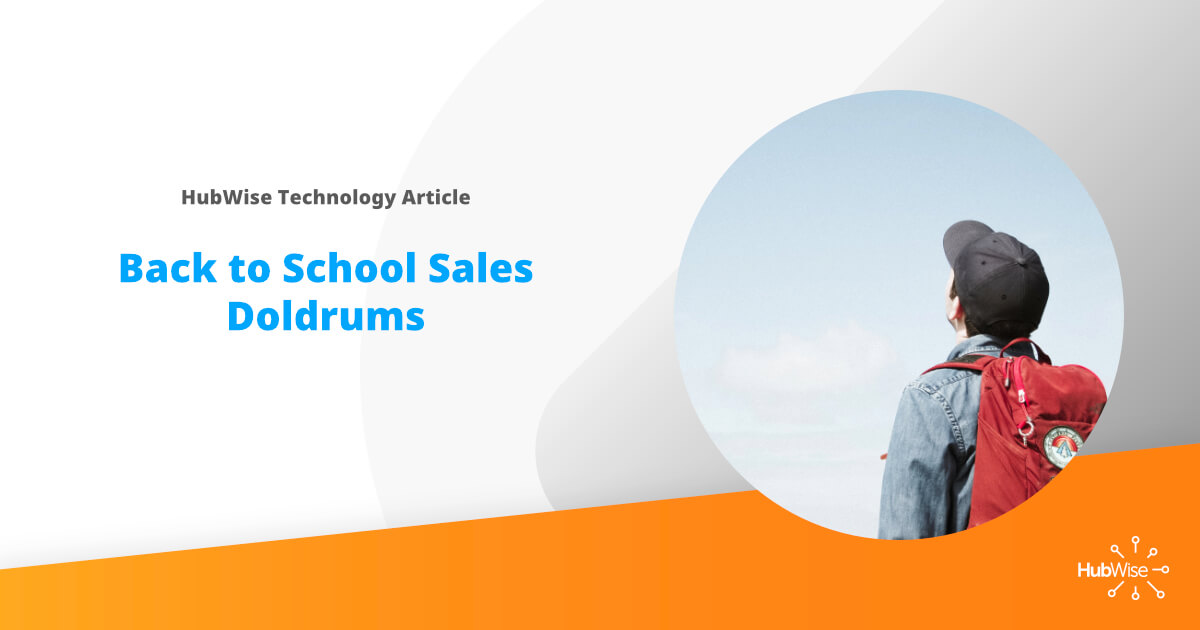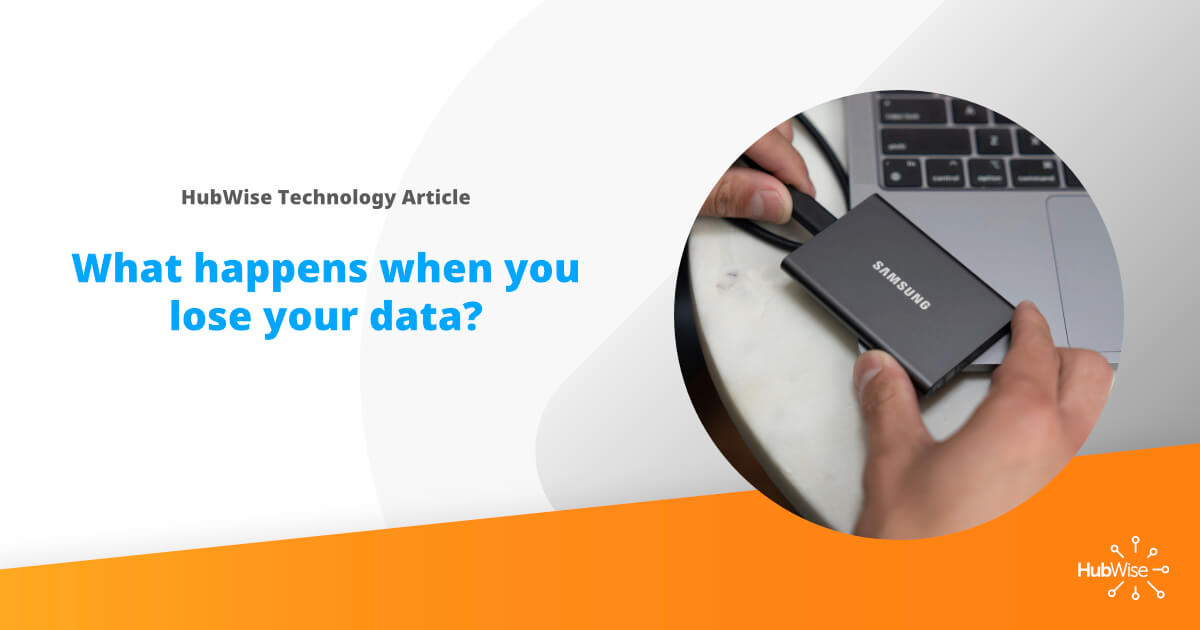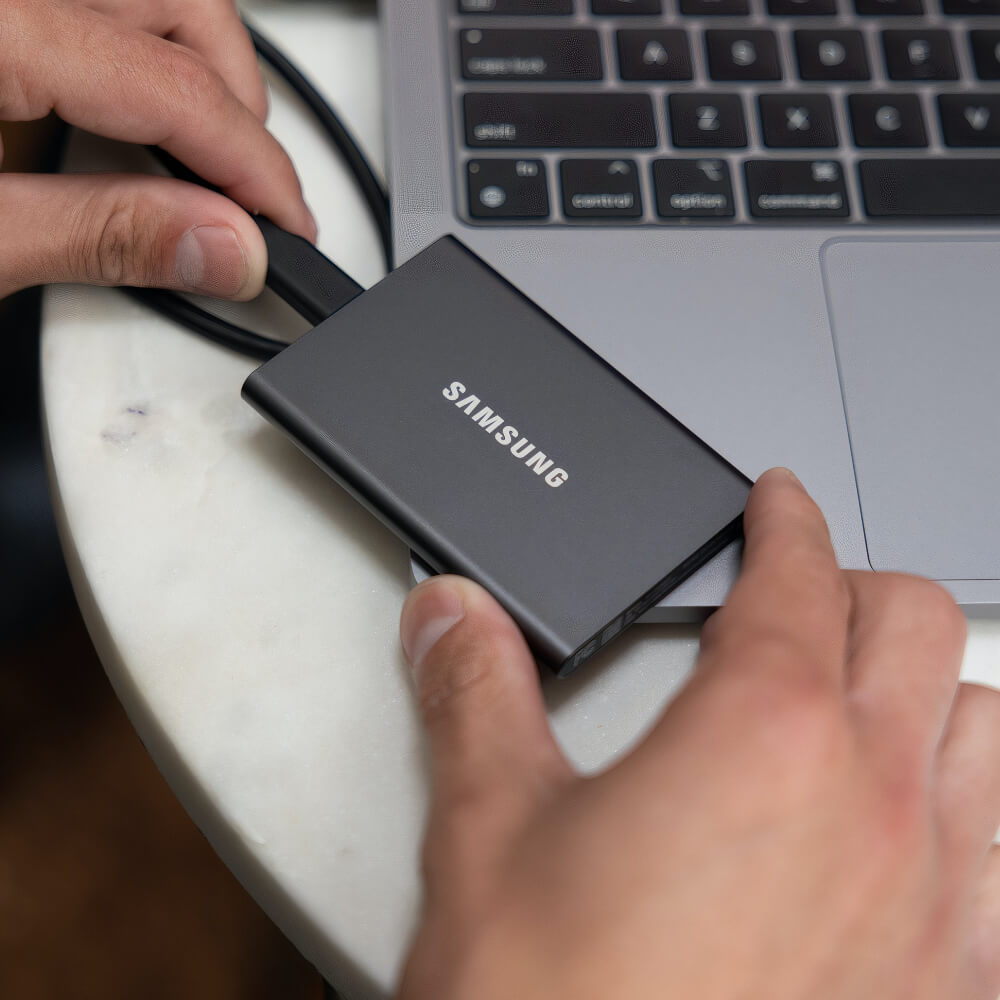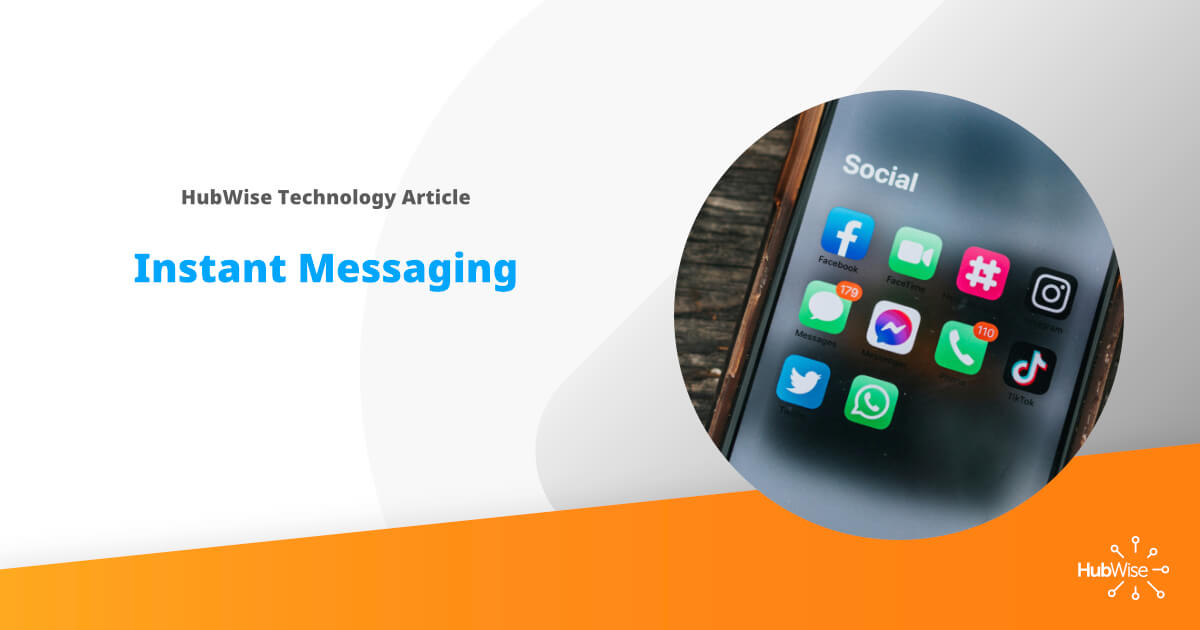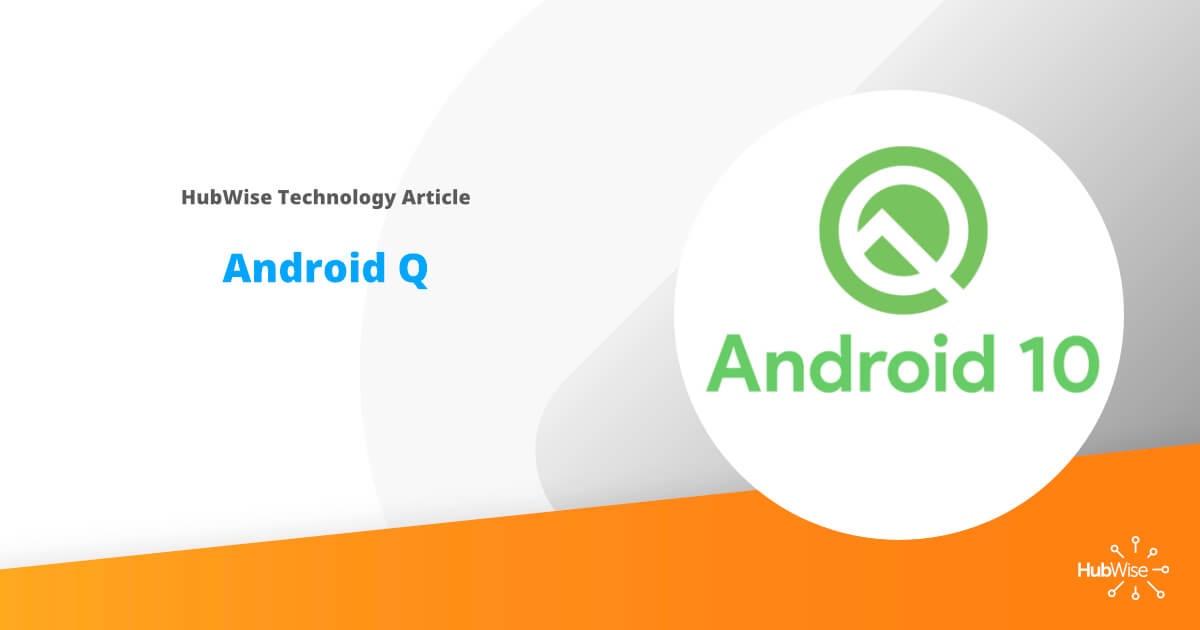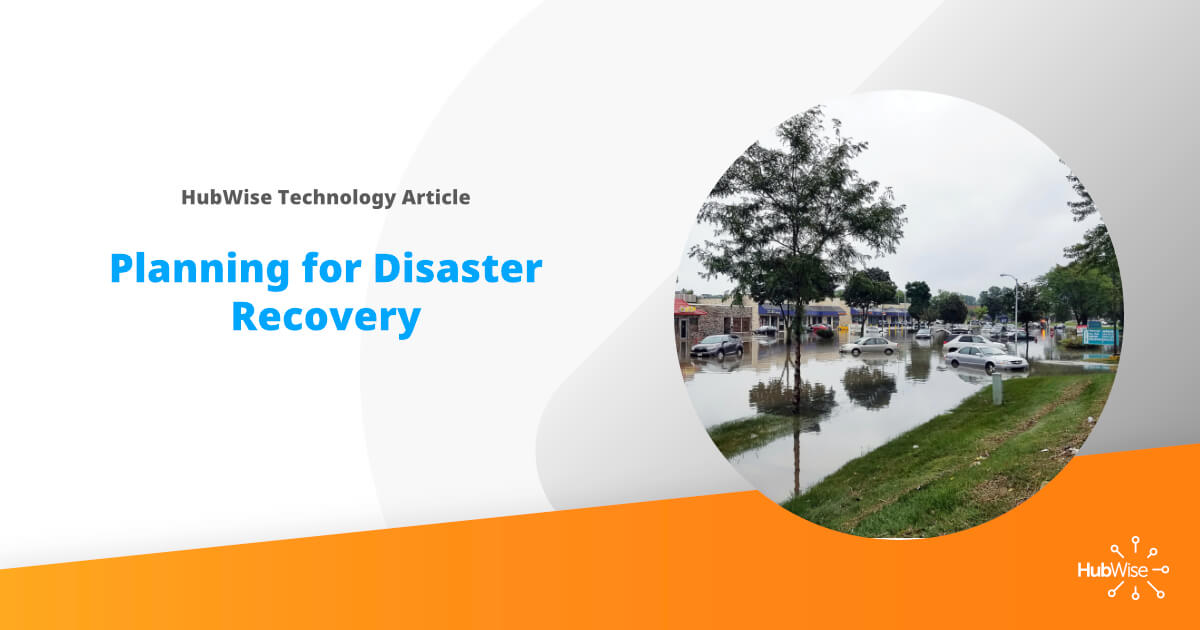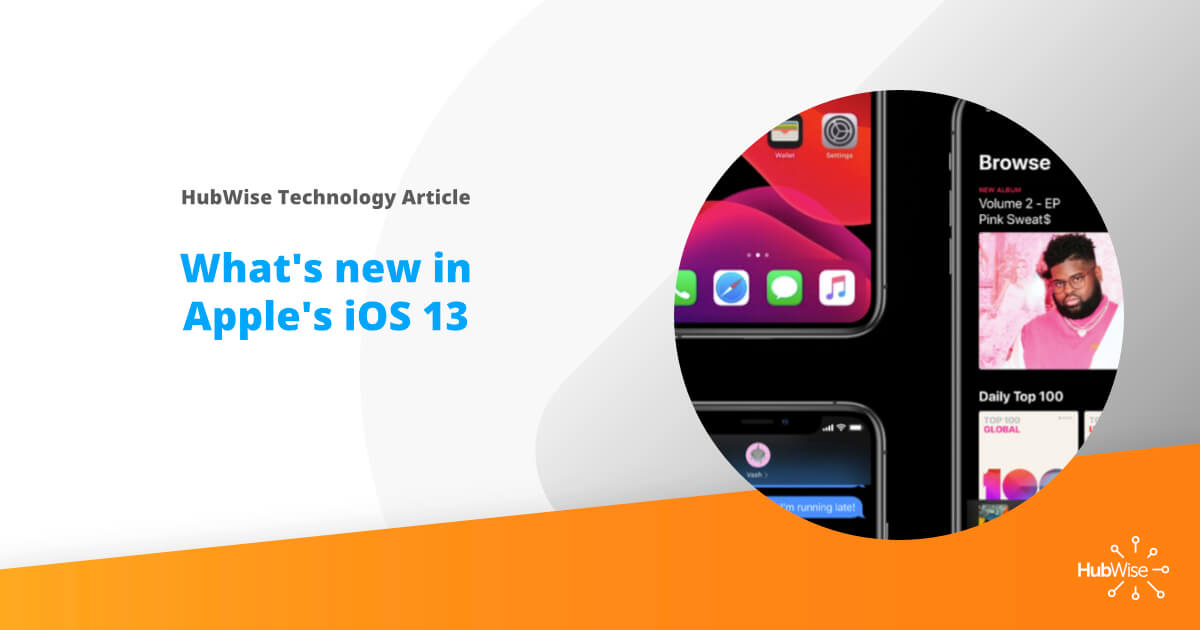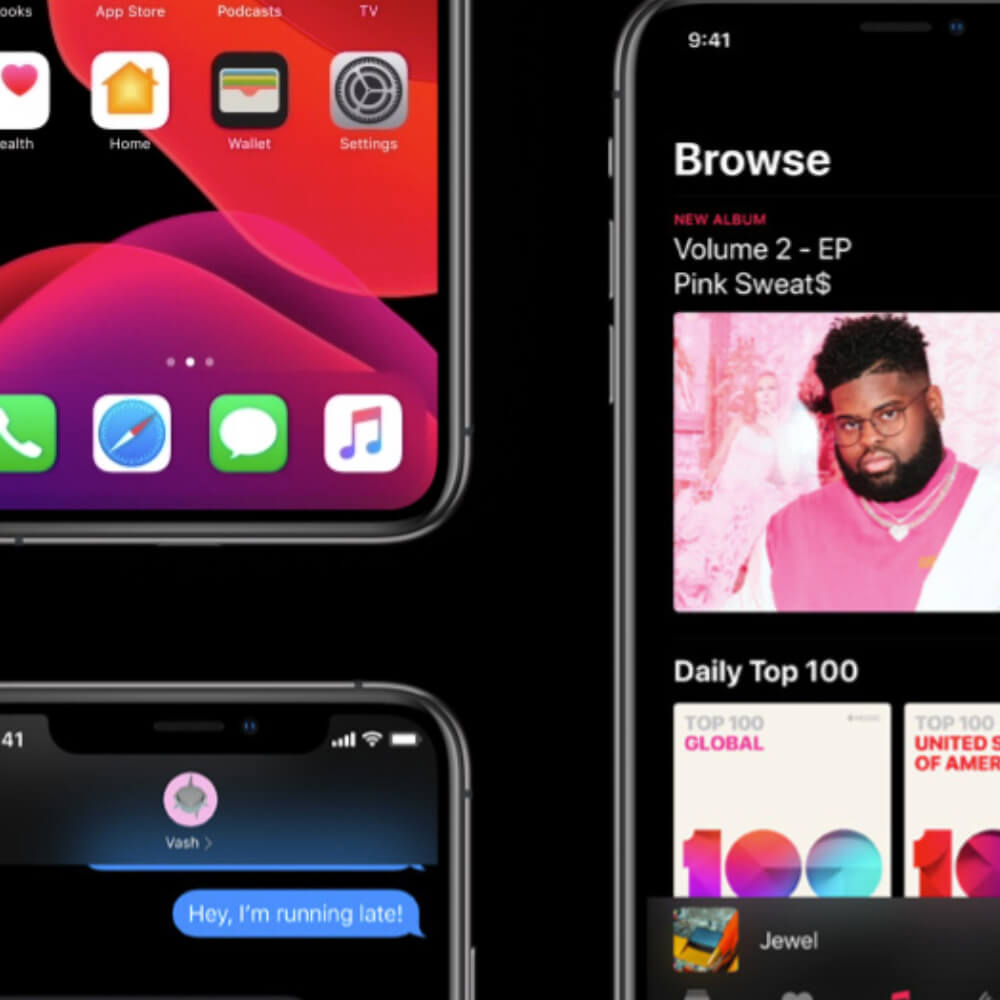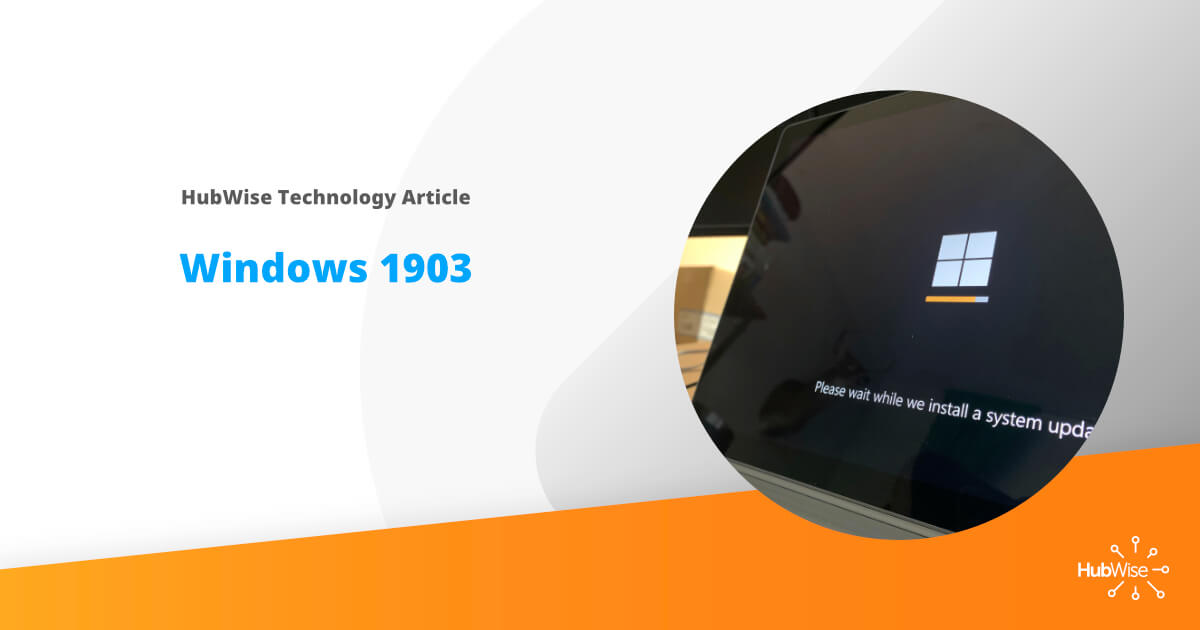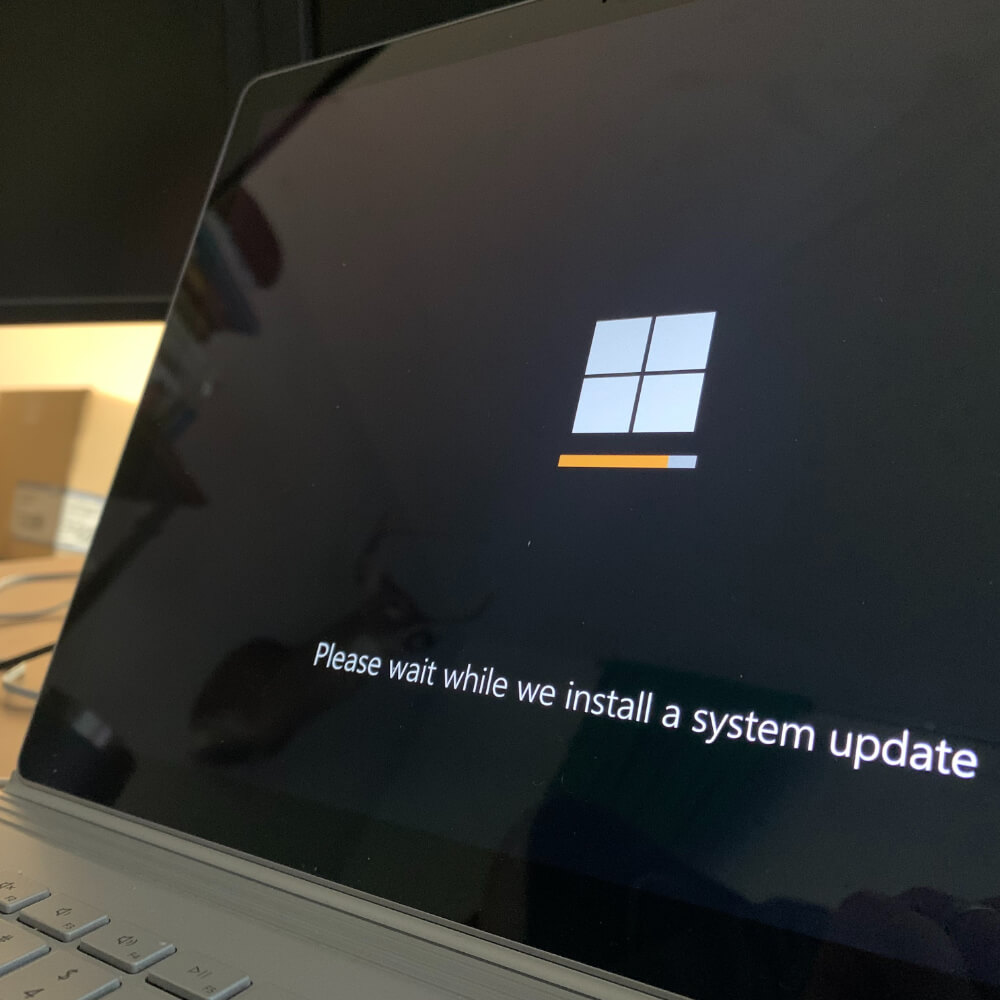Apple Repair
Apple is allowing more repair locations globally. These new repair locations will only handle non-warrantied items, this is still a large step for a company that adamantly opposed the Fair Repair Bill of 2017. Warrantied items will still need to be taken to an actual Apple store location or previously authorized dealer.
These new repair locations will have to have an Apple certified technician on staff. This gives the repair locations access to Apples parts, tools, training, service guides, diagnostics testing and additional resources from Apple. These parts and services will be offered at the same price structure that authorized Apple service providers.
In 2017, 8 states brought forward a bill that would force OEM’s to give access to repair manuals and diagnostic equipment at a reasonable price. These could be accessed by small independent repair shops and product owners. This was pushed to the legislature across the nation by repair shops, farmers and business owners. The reasoning behind the bill was the owners of electronics, farm equipment and manufacturing equipment have the right to fix their owned equipment themselves or at the repair shop of their choosing. They believe that forcing equipment owners to only use manufacturers reps and authorized repair shops violates current Anti-Trust laws. Apple and John Deere let the charge of opponents to the bill and all 8 of these bills did not pass.
With the strong opposition to the differing Fair Repair Acts pushed forward in 2017 across the United States, it was surprising to find Apple allowing more access to their repair manuals, parts and diagnostic equipment.
